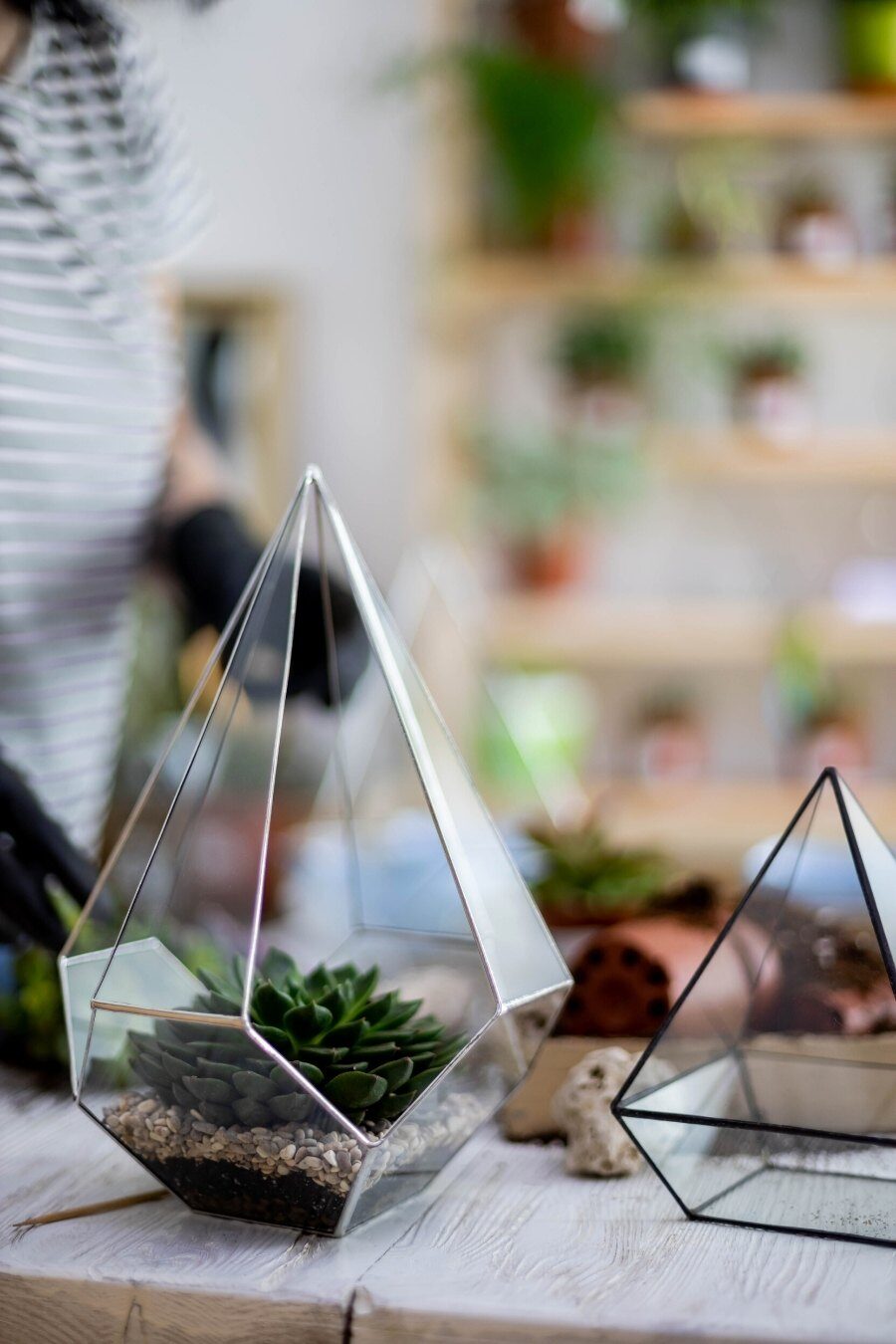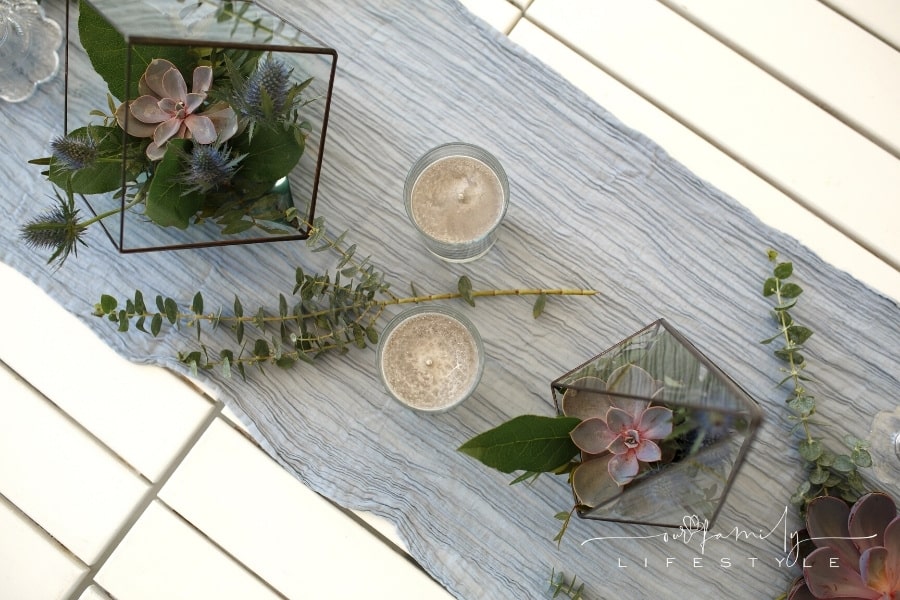6 Tips For Eco-Friendly Flower Arrangements
With the increasing awareness of the environment’s battle against pollution and global warming, people are now more sensitive regarding the impacts and footprint they make.
Fortunately, the floral industry is on board with the same goal to reduce the environmental effects.
If you’re planning to utilize or gift some flower arrangements and want to choose an eco-friendly option, you can do so with some practical pointers you can find in this article.
Florists today are revamping their techniques and floral arrangement methods to make them more sustainable. They know how this positive change can attract more customers and help the environment, making it a winning business model.

If you’re looking for some flowers from eco-friendly farms to Boston and other places, consider the following tips to ensure that you’re not increasing your carbon footprint at all:
1. Choose A Local Florist
When you shop locally, you’re always doing the environment a favor. This makes total sense considering that when you purchase from a local tourist, their floral supplies are produced and sourced from local farms.
There are fewer liters of gasoline consumed for travel, and they’ve used lesser resources to maintain the quality of these flowers because of the short trip required.
Unfortunately, buying imported flower arrangements means they probably come from overseas or other countries, so you can imagine how travel itself has impacted air pollution.
Furthermore, they probably have different rules and contexts regarding the use of pesticides and harmful gardening substances. When you go for a local florist, you can ask firsthand regarding their floral harvest process, as well as their gardening care and whether what fertilizers or other organic materials they use in their business.
Try to scout the local florists near you and check whether they have the flower species you prefer.
2. Forego Using Floral Foams
Floral foam is commonly used in the floral design industry as it helps keep flowers fresh throughout an event by forming the foundation of flower arrangements. There’s no doubt that flowers make perfect decoration, and an arrangement looks more luscious and well-put-together because of these foams.
But on the side of that, foams would just contribute to the landfill and garbage bins. It’s sad, but it’s true—the floral design industry generates a large amount of waste from floral foam.
Floral foam isn’t only single-use but is also petroleum-derived, made of two toxic chemicals—formaldehyde and phenol. These two materials can break down and decay into microplastics over time. However, they could potentially be eaten by animals which is dangerous for them.
If you’re finding an alternative material to use instead of floral foams, you can consider using a chicken wire. This material can be shaped into a ball that’ll hold the structure of a flower arrangement in place. You can search for some soaked papers to wrap around the stem to keep the flowers hydrated.
3. Use Recycled Packaging
Some people don’t necessarily mind the packaging used in flower shops. But if you’re serious about getting an eco-friendlier flower arrangement, this factor should also be one of your priorities.
Some sustainable flower shops are mindful of using recycled packaging. Some would use recycled ribbons and biodegradable mashed papers or jute and hemp. Natural fibers like cotton or silk also look great in collating your flowers into a beautiful arrangement.
Also, keep in mind to get rid of plastic. Go for recycled papers and paper tapes instead of plastics. Whatever option they use, they’d still look as good as using non-biodegradable packaging solutions.
4. Opt For Potted Plants Than Fresh-Cut Flowers
The carbon footprint of potted indoor plants won’t increase because they’re not flown in or require refrigeration. Depending on the purpose of your flower arrangements, you can consider them to be potted instead. They can last and grow longer and healthier.
As a gift, the owner would adore these flower plants much longer too. Not to mention, greenery is an ongoing trend, so you might as well join the bandwagon. Go greener by opting for potted plants instead of freshly cut flowers.
5. Reuse Flower Waste
Every day, cemeteries, churches, temples, and event venues dispose of tons of flower waste. Unfortunately, these accumulated wastes contribute more to landfills. Some that aren’t thrown appropriately might reach the marine waters, harming the sea animals because of the pesticides and chemicals used.
Additionally, rotting flowers serve as an ideal breeding ground for microbes that produce pollution, a foul odor, and infectious diseases. This also impacts human health.
Vermicomposting discarded blooms is an easy way to reduce flower waste. Once you receive a fresh bouquet, you can turn them into compost and use them as fertilizers in your garden once the blooms wilt already.
You can even try to dry them up and use them as home potpourri or decorate your home ornaments with them.
6. Incorporate More Greens
Instead, you can reduce the number of fresh blooms you buy by going for branches, twigs, and other greeneries. Your bouquets won’t only be a fun variety of textures and colors, but you can also save money and conserve the environment at the same time. Repurpose this bouquet and decorate them in your home so they don’t go to waste.
Conclusion
The floral industry is now composed of a growing number of flower shops that are mindful of their environmental impacts.
With the tips mentioned above, you can choose to become responsible and sustainable while helping lessen pollution, even in small ways.
Flowers are perfect for decorations and gifts, but you need to make ways to practice sustainability so people can continue living on a beautiful planet.


